The images could look like this:
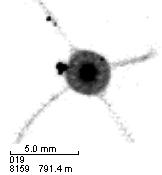
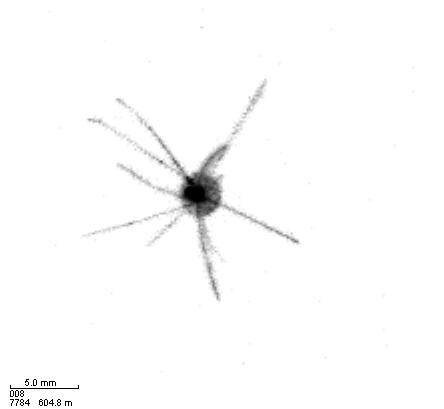
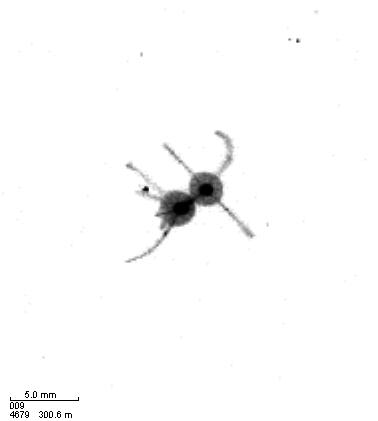

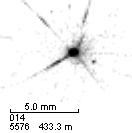

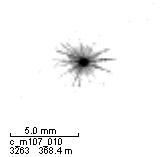

Characteristics: Phaeodarea with long spines
Shape: Round
Spines: Unregular, few, long spines
Nucleus: Small and black
Cell interior: Light- to dark-grey
Cell margin:Clearly visible
Don't confuse with: Acantharia, Phaeodaria spherethorn or Foram spiky
Phaeodarea belong to a class of Rhizaria characterized by porous silica skeletons (called Skleracoma). They were grouped into the radiolaria for a long time, but recent genetic analyses have shown that they make up a separate class within the Rizaria. Phaeodarea are widely distributed in the ocean, from the surface to several thousand metres depth. They can grow to several millimeter size and are visible to the human eye. The silica capsules of the Phaeodarea are very fragile and dissolve more quickly than those of Radiolaria or Foraminifera. Therefore this group is hardly found in any geological record. This also means that the biology and biogeochemistry of this group is poorly researched. Phaeodarea were connected to strongly enhanced particle flux into the deep sea, but quantitative analyses are scarce.